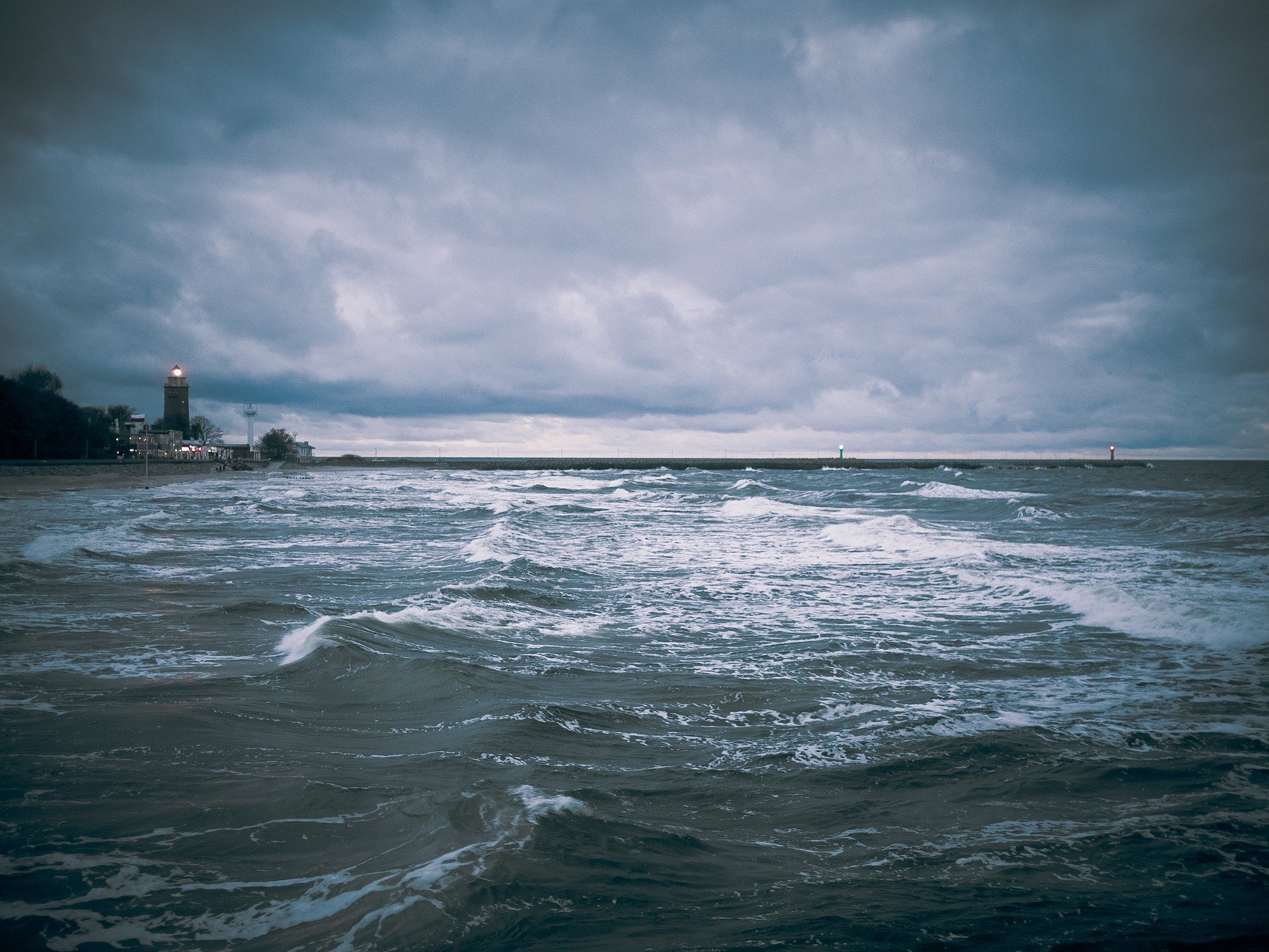The Baltic Sea is a popular vacation destination in Northern Europe, providing plenty of opportunities for swimming and other water activities. But is it actually safe to take a dip in this unique brackish sea? With colder waters and some precautions to take, swimming in the Baltic has its pros and cons to weigh.
Overview of the Baltic Sea
The Baltic Sea is located in Northern Europe, stretching across 9 countries including Sweden, Finland, Russia, Poland, Germany, Denmark, Lithuania, Latvia, and Estonia. It connects to the North Sea but has very limited saltwater tidal flow. This makes the Baltic a brackish body of water, with lower salinity than the ocean. It has an average depth of 53 meters and reaches up to 459 meters at its deepest point.
The Baltic faces some pollution and environmental threats. But many areas remain swimmable, especially around the Scandinavian and Baltic countries. Popular spots include the Stockholm Archipelago, the beaches of Lithuania and Latvia, and the island of Bornholm in Denmark.

Is It Safe to Swim in the Baltic Sea?
In general, it is safe to swim in the Baltic Sea if you take some basic precautions:
Avoid areas with pollution or algal blooms – Some parts of the Baltic suffer from agricultural runoff, sewage discharge, or overgrowth of blue-green algae during the warmer months. Certain beaches may be closed for swimming if the pollution and bacteria levels are too high. Check local advisories before entering the water.
Beware of cold temperatures – The Baltic averages around 59-68°F (15-20°C) in summer, significantly colder than most oceans. This can be a shock and risk of hypothermia or muscle cramps. Acclimatize slowly and don’t stay in for prolonged periods.
Watch out for rip currents – Longshore rip currents are common along the Baltic coasts and can pull swimmers offshore into deeper cold water. Swim near lifeguards and heed any warning flags.
Check for jellyfish – Native and invasive jellyfish species can sometimes swarm the Baltic in summer. Their stings are painful but not life-threatening. Wear protective clothing when possible and avoid areas with many jellies spotted.
Swim sober – Alcohol and swimming are a dangerous combination. Refrain from drinking before swimming in the Baltic, as cold water increases alcohol’s effects.
Baltic Sea Swimming Tips
If you plan to swim in the Baltic, keep these tips in mind:
- Start by swimming in shallow, inland areas like bays and lagoons to acclimate.
- Apply waterproof sunscreen to protect your skin, as the sea reflects UV rays.
- Consider wearing a thin wetsuit for insulation from the chilly water.
- Bring drinking water to stay hydrated in the saltier environment.
- Check with lifeguards for the safest spots to swim and information on conditions.
- Don’t swim alone or at night when risks are greater.
- Watch young children closely, use life jackets, and stay in shallow areas.
- Limit swims to short durations of 10-15 minutes to stay warm.
- Rinse off after exiting and dry ears well to prevent infection.
- Keep shoes on near shore to avoid cutting feet on rocks and shells.

Where are the Best Places to Swim in the Baltic Sea?
Though changeable by the season, here are some top picks for swimming spots in the Baltic:
- The Stockholm Archipelago, Sweden – Over 30,000 islands and islets make up this scenic area, offering many calm coves and beaches ideal for swimming.
- Curonian Spit, Lithuania – This skinny 60-mile peninsula separates the Curonian Lagoon from the Baltic Sea, with large sand dunes and pine forests.
- Palanga Beach, Lithuania – A popular Baltic resort town since the 19th century, Palanga has a lovely sandy beach featuring the 500-meter-long Birute’s Pier.
- Jūrmala, Latvia – Known as the “Baltic Riviera,” the small city of Jūrmala has a 25-mile stretch of sandy white beaches dotted with coastal pine trees.
- Klaipėda, Lithuania – Lithuania’s main seaport includes nearby beaches like Melnragė with family-friendly swimming areas.
- Usedom Island, Germany – Connected to mainland Germany by bridges, Usedom Island has bright white sand beaches along the Świna Strait.
Conclusion
The Baltic Sea certainly offers a more polar plunge than the Mediterranean or tropics. But its cool clear waters also provide refreshing and stimulating swims. With some preparation for the temperature and conditions, you can safely enjoy swimming in the beautiful Baltic Sea. Just be aware of any local advisories, swim near others, and limit time spent in the chilly northern waters.


